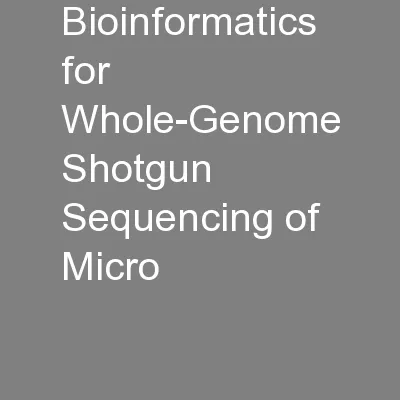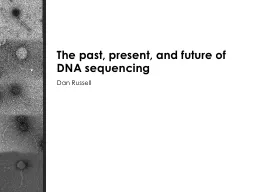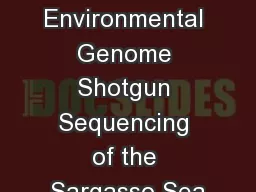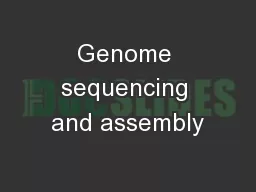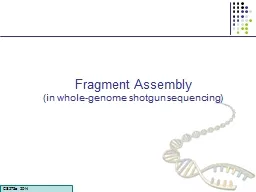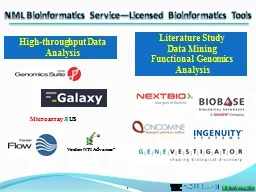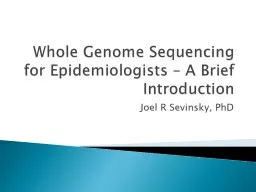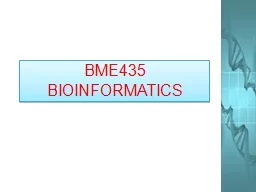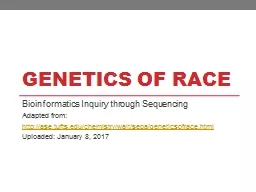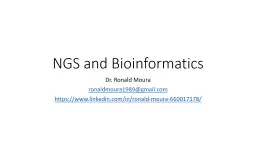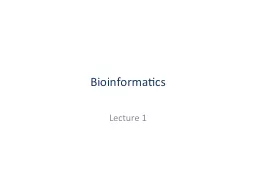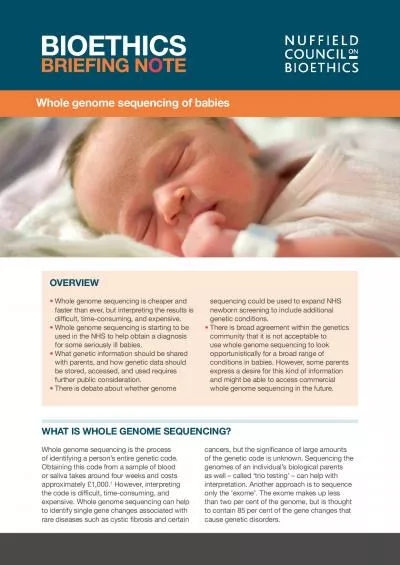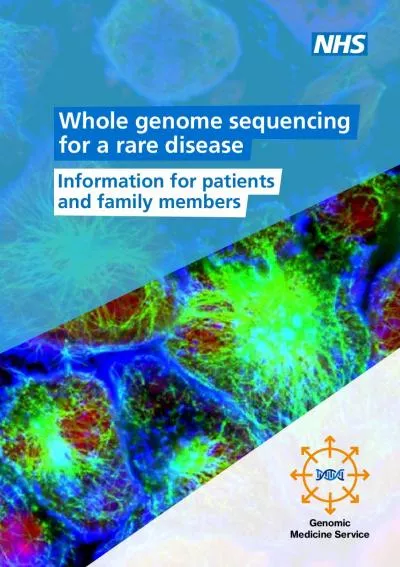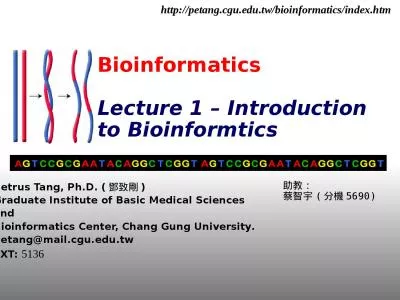PPT-Bioinformatics for Whole-Genome Shotgun Sequencing of Micro
Author : myesha-ticknor | Published Date : 2016-06-11
By Kevin Chen Lior Pachter PLoS Computational Biology 2005 David Kelley State of metagenomics In July 2005 9 projects had been completed General challenges were
Presentation Embed Code
Download Presentation
Download Presentation The PPT/PDF document "Bioinformatics for Whole-Genome Shotgun ..." is the property of its rightful owner. Permission is granted to download and print the materials on this website for personal, non-commercial use only, and to display it on your personal computer provided you do not modify the materials and that you retain all copyright notices contained in the materials. By downloading content from our website, you accept the terms of this agreement.
Bioinformatics for Whole-Genome Shotgun Sequencing of Micro: Transcript
Download Rules Of Document
"Bioinformatics for Whole-Genome Shotgun Sequencing of Micro"The content belongs to its owner. You may download and print it for personal use, without modification, and keep all copyright notices. By downloading, you agree to these terms.
Related Documents

